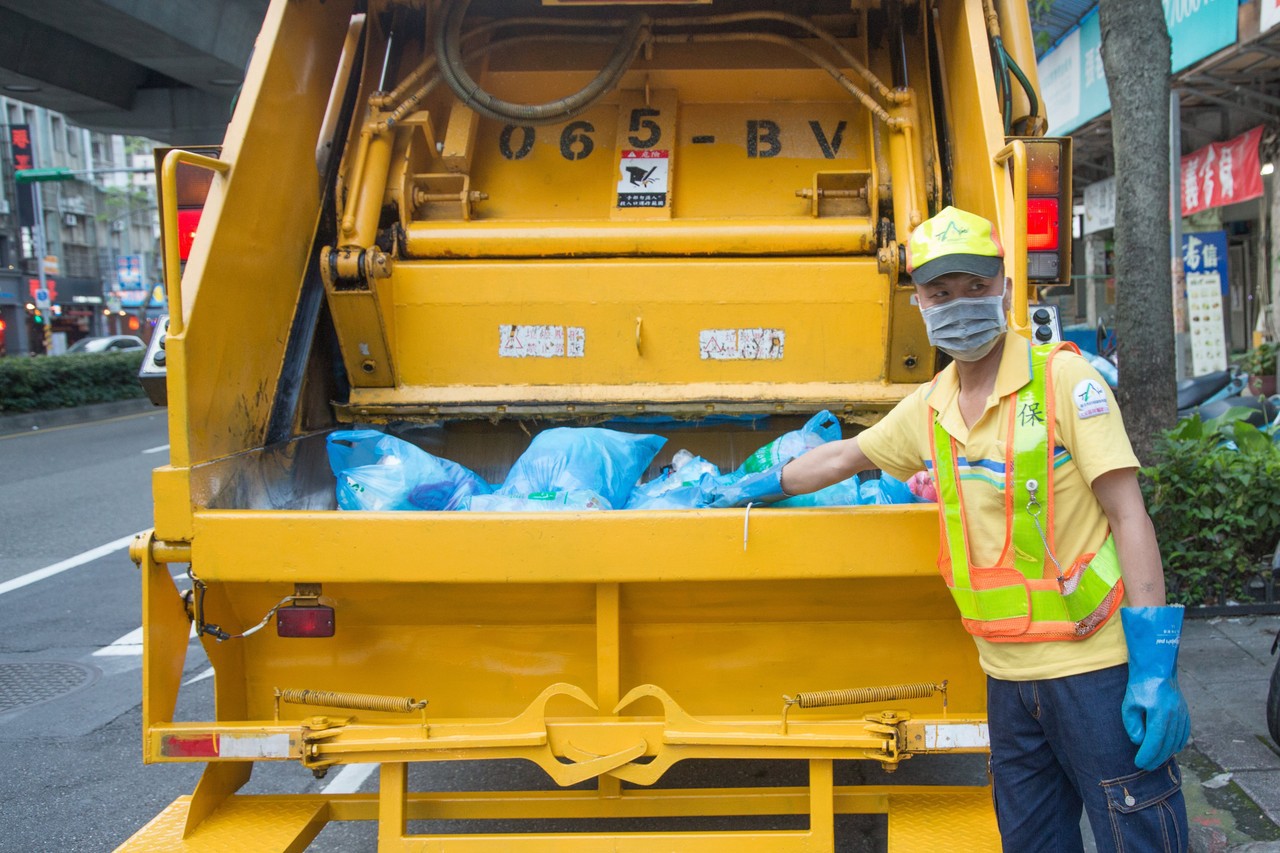Circular and Zero Waste Economy Concepts Can Help Sanitation Companies Reduce Waste Disposal
The concept of Circular Economy aims to establish a set of actions that aim to minimize the impacts caused by humans on the environment. In this concept, all materials used in production processes go through a cycle, in which they gain new meanings and are reused for new activities.
The concept of Zero Waste is directly related to the reduction of the disposal of waste and discarded materials to landfills or incineration by applying the so-called Rs:
Rethink - Reuse - Reduce - Recycle

In addition, as a complement, the engagement of people involved in the process and social inclusion are necessary parts of the Zero Waste application.
According to the National Information System, in 2017 46% of the sewage generated received treatment. These numbers tend to grow and the generation of waste in this service will also only increase. This structure will receive sanitation waste from water and sewage utilities and also industries that treat their effluents locally.
This process involves contaminated soil removal services by a soil disposal company NY. Visit website.
Therefore adopting Circular Economy and Zero Waste in operation becomes relevant for the environment, but also an economically important alternative. Falling waste disposal costs coupled with lower water and energy costs can have a huge impact on companies' finances.
Water reuse: With the circular economy, solutions for the reuse of water resulting from the sewage treatment process can be an economically and environmentally viable outlet. The water impact of sanitation operations decreases and the supply of water to the population increases.
Proper waste treatment: Analyzing the production process and identifying ways to minimize waste generation is the first step. A second step is to find ways to reinsert the waste after treatment into the production chain or turn it into raw material for another cycle.
There are also treatments that help turn these wastes into biogas or use them in brick making, enabling a reduction of long-term disposal costs.